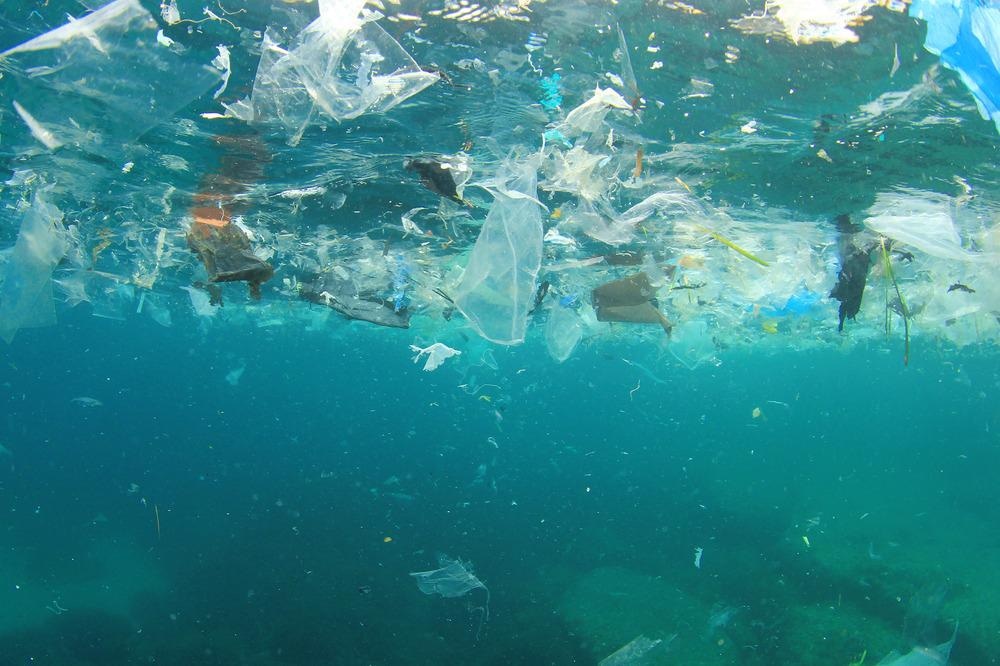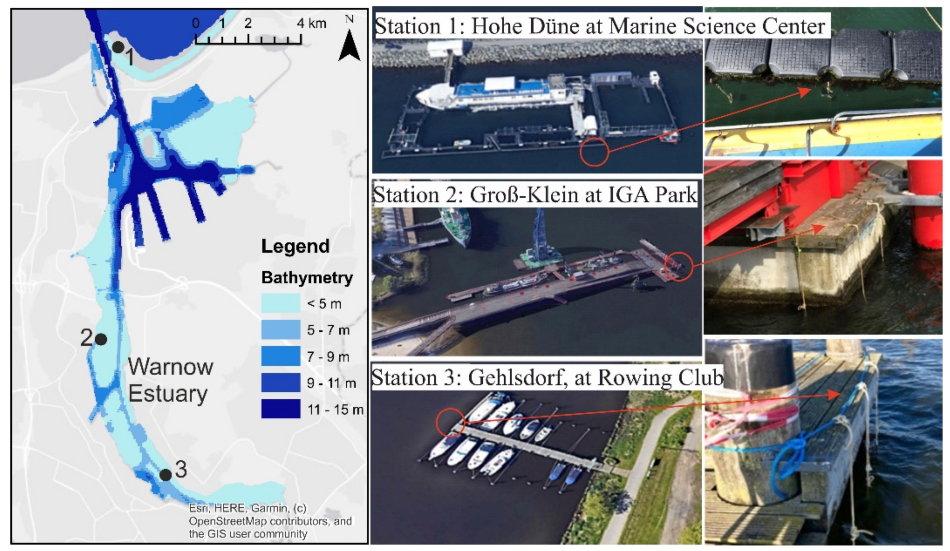Marine litter is one of the most pressing environmental issues at present, affecting coastal areas and oceans around the globe. Despite recognizing this issue for many years, increased consumer demand for durable synthetic materials such as plastics has led to a substantial amount of litter accumulating in the marine environment.

Study: Decomposition Behavior of Biodegradable and Single-Use Tableware Items in the Warnow Estuary. Image Credit: Rich Carey/Shutterstock.com
As a potential means of meeting this consumer demand while reducing its environmental impact, many companies have developed and marketed single-use tableware made from bio-based and biodegradable materials.
A new study presented in the journal Sustainability aims to investigate the impact of these alternative – supposedly more sustainable – items versus their fossil-based counterparts.
More specifically, the authors’ goal was to undertake a monitoring exercise to ascertain the biodegradability of a range of tableware items. These items were highly varied and were comprised of materials such as polylactic acid (PLA), crystallized polylactic acid (CPLA), palm leaf, wood, paper/cellulose, and sugar cane bagasse. These also evaluated tableware made from the common fossil-based plastic polystyrene (PS).

The concept approach. Image Credit: Baccar Chaabane A et al., Sustainability
These items were monitored in a series of water columns in the Warnow River estuary – an area of Rostock city close to the Baltic Sea. These locations were selected due to the prevalence of social and cultural events which take place in the area, leading to significant amounts of single-use tableware entering the local marine environment. Three different locations were selected to help account for the different types of events – and therefore tableware – found in the area.
A series of in situ experiments was completed over the course of one year. Parameters were altered during these experiments, in order to study the impact of factors such as water temperature, salinity gradients, pH values, and dissolved oxygen on the tableware’s biodegradability in the marine environment.
The experiments were then carefully checked on a regular basis throughout the year in order to monitor the degradation of the items.
The key goal of this work was to better understand these substitute items’ resistance to the marine environment and natural conditions and to reinforce international research into finding biodegradable alternatives to single-use plastic.

Location of selected stations S1, S2 to S3 in the Warnow River estuary at Rostock city in addition to the hanging incubators in the water column. Image Credit: Baccar Chaabane A et al., Sustainability
The paper’s authors found that specific tableware items were less resistant to the marine environment (seawater in particular). Tableware manufactured from sugar cane, paper, and palm leaf was determined to be less resistant than PLA, CPLA, and polystyrene items.
It was also noted that the depth of the items played an important role, with items placed higher up in the water columns degrading faster than those lower down. It was hypothesized that this was due to temperature and the presence of sunlight and that these were key factors in the degradation of the tableware.
Based on the study’s findings, the paper’s authors have highlighted a range of further experiments which could expand on this work, for example, testing nondegraded or less degraded items for longer, or evaluating other factors such as weather conditions.
It was also noted that this study was highly localized and subject to very specific environmental conditions, meaning it should not be considered representative of other geographic regions or environments.
Perhaps most notably, the study highlighted that although much of the single-use tableware evaluated was marketed and labeled as biodegradable, there was great variability in terms of just how biodegradable this was and how long this took to degrade. For example, the PLA and CPLA tableware in the experiment had not degraded after a one-year period, calling into question its actual impact on marine ecosystems.

Tableware used for experiments. Image Credit: Baccar Chaabane A et al., Sustainability
The study also opens up further questions about the use of the term ‘biodegradable,’ highlighting how this is a contended term between decision-makers and experts. These distinctions are particularly important given the issue of plastic and other marine litter, and the tendency of many materials to biodegrade quickly under favorable conditions on land, but much less so in marine environments.
The issue of marine litter remains a considerable challenge and one that many studies – like the one discussed here – are working to understand, highlight and address.
References
Baccar Chaabane A, Robbe E, Schernewski G, Schubert H. Decomposition Behavior of Biodegradable and Single-Use Tableware Items in the Warnow Estuary (Baltic Sea). Sustainability. 2022; 14(5):2544. https://www.mdpi.com/2071-1050/14/5/2544
Disclaimer: The views expressed here are those of the author expressed in their private capacity and do not necessarily represent the views of AZoM.com Limited T/A AZoNetwork the owner and operator of this website. This disclaimer forms part of the Terms and conditions of use of this website.